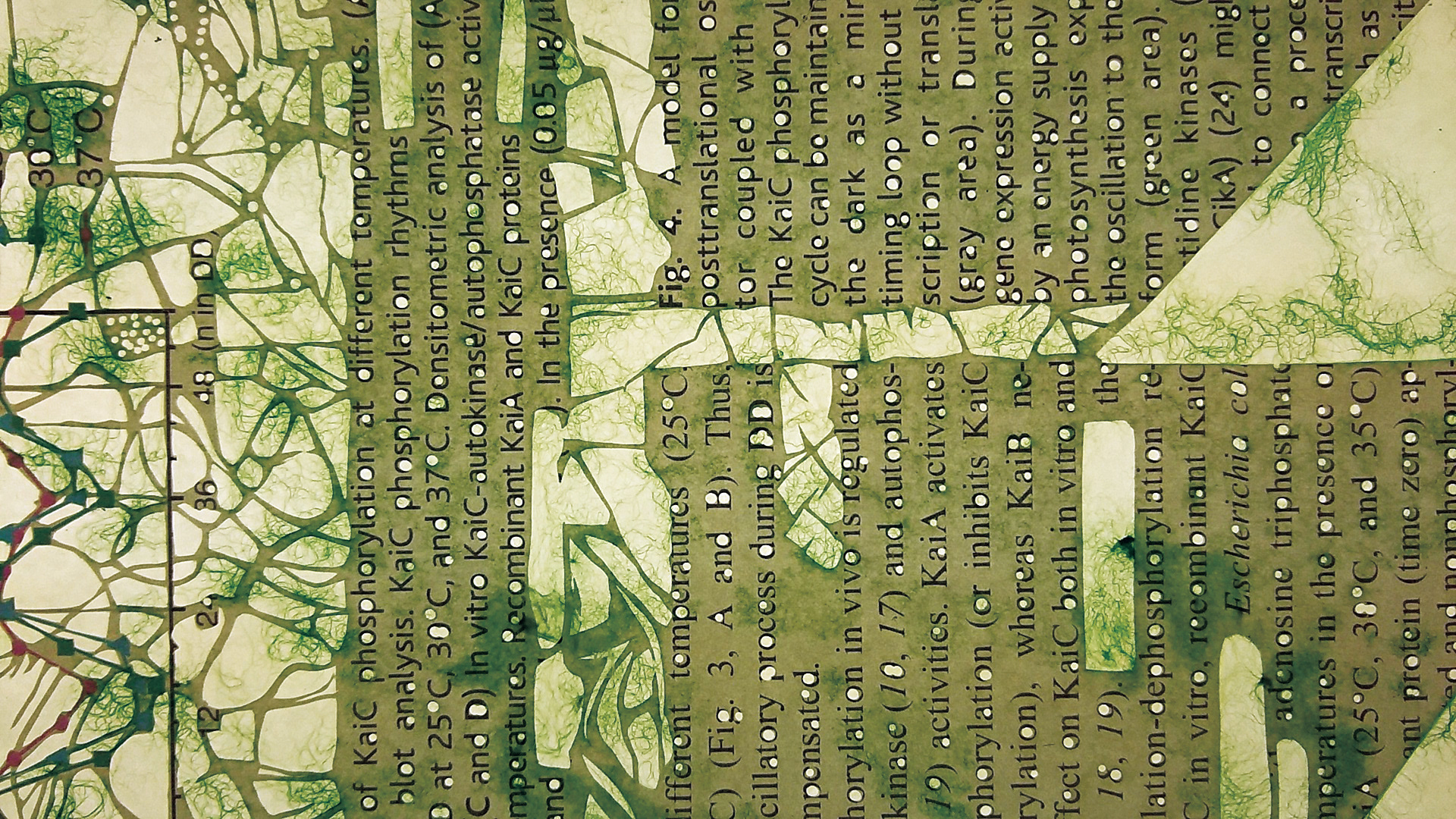Week 3: Making the Lab
Making a sterile hood and a magnetic stirrer
Still online this week as I’m not entirely better, but I’m exited to get building. At first I decided to build an incubator since I have a lot of styrofoam let over from insulation, an Arduino and a cooking thermometer. After a talk with Kas, Inger and Maarten today about artistic biolab tools, the idea arose to see if the incubator could be programmed not to control temperature, but to react to other sensory input such as music, sound, the light of day or online data. That seems like an interesting challenge. Later I decided to build the sterile hood and magnetic stirrer, because these will actually be useful for the biolab at HKU, as the sterile hood we have is used for pouring resin and other plastics, and it is very dirty and uneven. A portable sterile hood to use on a clean table would be great to have! Also the magnetic stirrer would be an asset. Additionally it would be interesting to have some DIY tools in the lab to show students.
Hideo Iwasaki
I joined a Bioclub Tokio lecture by Hideo Iwasaki, bioartist and professor at Waseda University and Lab coordinator at Bioclub Tokio. He hosts the MetaPhorest Bio Aesthetics platform and made an interesting distinction between the scientific and artistic view on life, that I noted down. One is a biological object, being described as a biological complex or organism. The other is life as an intersubjective presence, which is perceived to an observer as a more emotional object or relationship:
-
Life from a natural scientific perspective (scientific studies): Lifeness resides in the subject
-
Life as “perceived” intersubjective presence (bioaesthetics, bioart): Lifeness resides in the relationship between the perceiver and the object
Iwasaki created stone monuments for artificial cells and micro-organisms to consider their lifeness and started an annual memorial service as part of the artwork. This was meaningful to me, giving room for contemplation about our use ofliving organisms as ‘materials’, which I’m often conscious of but haven’t quite found a way to deal with the ambiguity of it.

He futher talked about his work with cyanobacteria, as the most simple model organism for circadian clock studies because of their temporal rythm of oxigenic photosynthesis, and pioneers and reformers of the earth (and potentially Mars). They exhibit group behavior and Hideo is studying how they produce these temporal and spatial patterns. Using cyanobacteria, Hideo is challenging the “Biological Clock” notion as a machine metaphor for describing a natural event, which he feels is exemplary of the dominance of the clock in western culture. His scientific work and art flow in and out of eachother. He has ‘atelierized’ his biolab, and grows bacteria on his scientific articles, which then ‘hack’ the paper.

Afterwards an interesting discussion arose on the representation of bioart in galleries, its it sculptural or performative, and if the latter, then who performs?
–